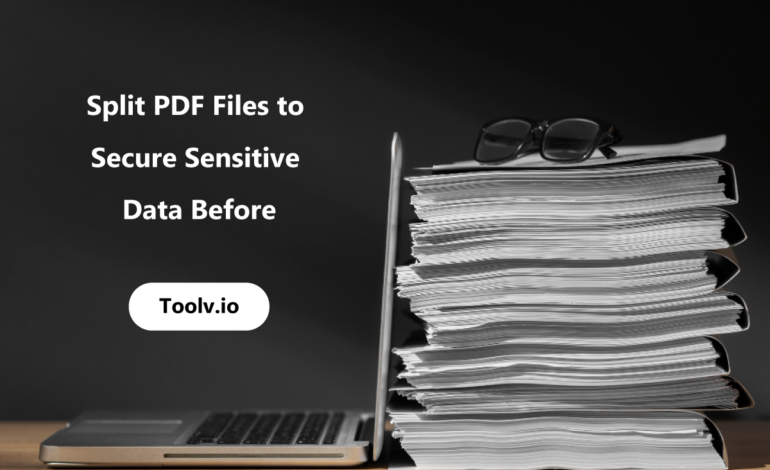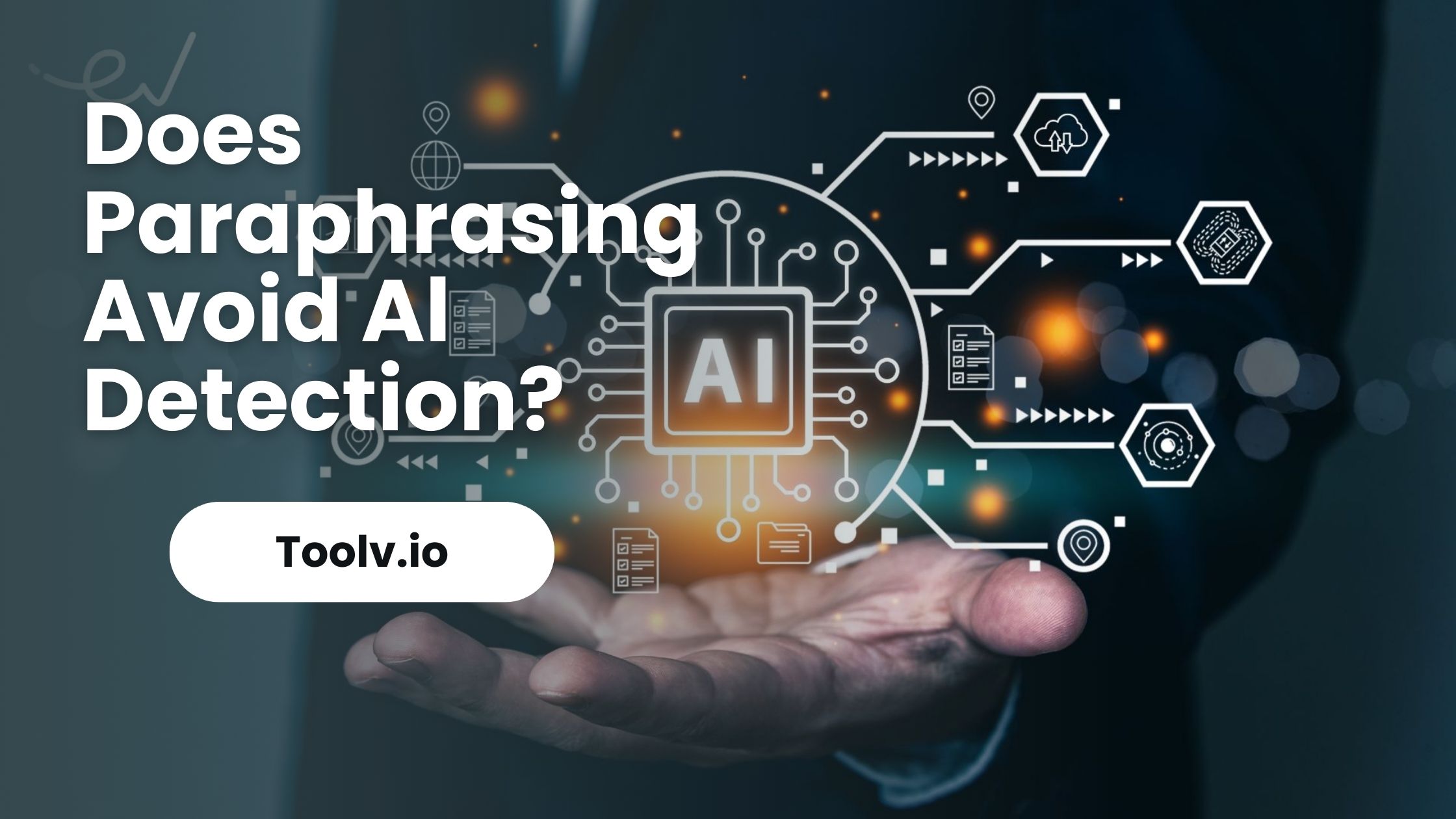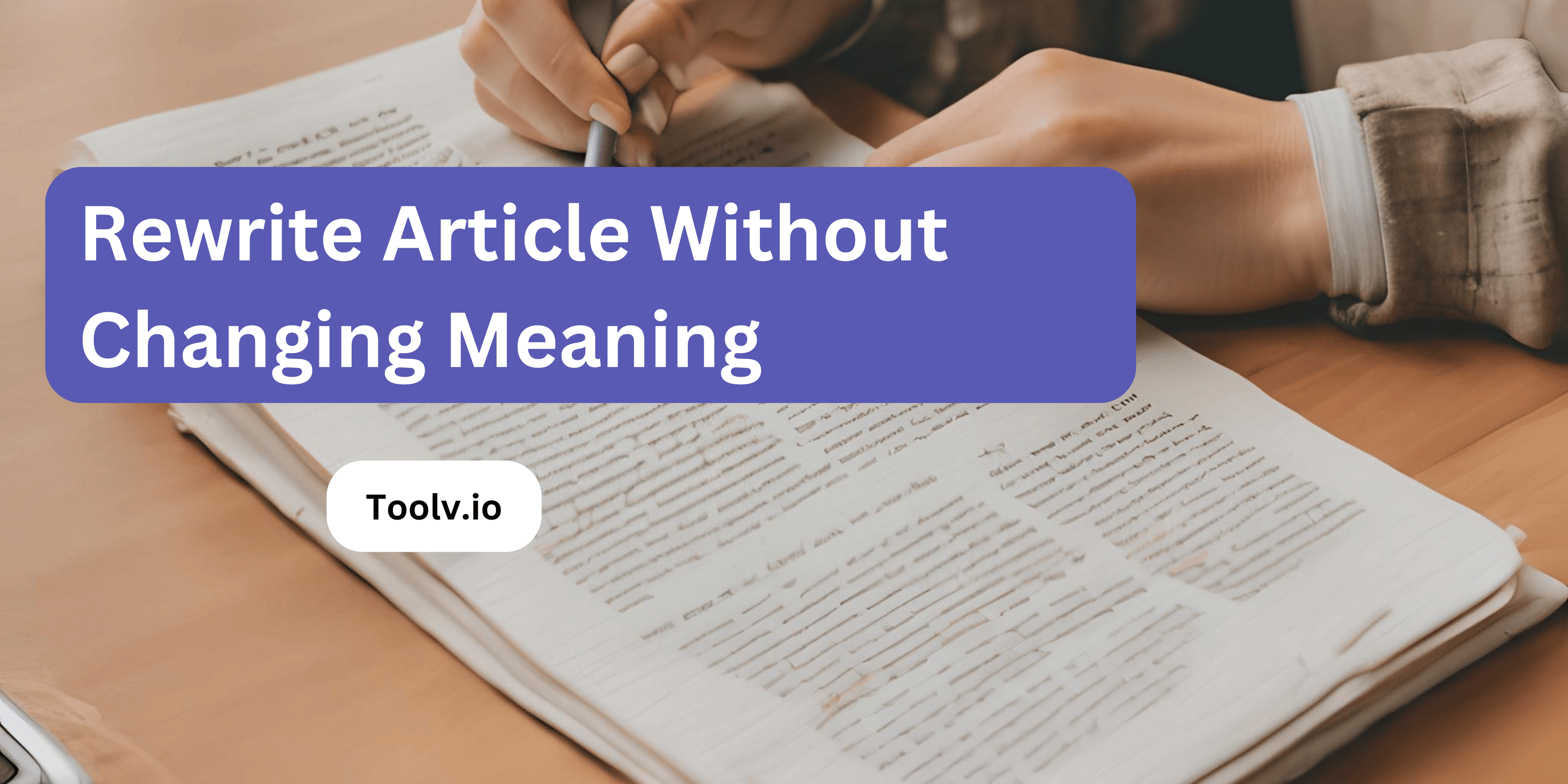Reverse Image Search: Spot AI‑Generated & Fake

In 2025, the internet continues to be a crowded place for both real and AI-generated visuals. With the rise of sophisticated generative tools, images are becoming harder to trust. One tap on social media can bring up photos that look real but were never taken by a camera or a person. This creates not just confusion, but real risks, especially in news, education, and even law enforcement. That’s where AI image detection tools 2025 are becoming more essential than ever.
But the challenge doesn’t stop with AI-generated visuals. Misleading images, stolen identities, or deepfake manipulations also circulate widely. Fortunately, reverse image search for deepfakes has become one of the smartest ways to verify whether an image is original, AI-generated, or tampered with. It’s no longer just a search function — it’s your first line of defense against misinformation.
How Reverse Image Search Became Crucial in 2025
Reverse image search has evolved far beyond its early days of tracking down image sources or shopping items. Now, it’s a cornerstone tool in online investigation. From journalists verifying sources to content creators checking authenticity, it helps users navigate a world of synthetic media.
The need for deepfake image identification is greater now than ever. AI can generate realistic faces, place them in convincing contexts, and even mimic human emotions. These aren’t just digital gimmicks—they’re tools that can spread false narratives and confuse viewers. Using reverse image search in combination with AI detection allows users to trace the image back to its origin or detect whether it has any digital footprint at all.
When an image has zero matches or links, it often signals one of two things: either it’s truly original, or it’s entirely synthetic. That’s a subtle but powerful insight.
Using Visual Forensics to Detect Fabricated Content
Visual verification has entered the forensics space online. Tools now go beyond just showing where an image appears—they analyze metadata, surrounding context, and matches across multiple platforms. This growing field of visual forensics with reverse image search allows users to evaluate not just the image’s origins but also what alterations may have been made.
Say an image claims to be from a war zone, but the reverse image search reveals it’s from a video game—this is where forensics meet verification. These methods aren’t limited to professionals. Anyone, with the right tools, can become a digital investigator. That’s what makes reverse image search so accessible and critical.
The best practice now includes running the image through multiple tools. This includes cross-checking with AI-generated photo detection platforms, especially when an image has no reverse search trail. In such cases, it’s usually AI-created from scratch.
The Growing Importance of Image Authenticity Online
For everyday users, distinguishing real from fake imagery is part of media literacy. Whether someone is shopping, reading the news, or even swiping through dating profiles, trust in images matters. The internet is awash with convincing visuals—celebrity sightings, political events, even crime scene photos—that can be entirely fabricated.
That’s where authenticity verification with image search comes in. It’s not just about protecting reputations—it’s about ensuring that false content doesn’t go viral and shape public opinion wrongly. Today, anyone sharing an image on social media has a responsibility to verify it. It only takes one reverse image check to potentially stop misinformation in its tracks.
Platforms have started recommending image checks before allowing content to trend, especially in the case of viral posts. As a result, users are adopting tools that help them analyze before they share.
How Newsrooms and Fact-Checkers Use Reverse Image Search
Credible news organizations no longer publish images without verification. In an era of deepfake politics and AI influencers, it’s a necessity. Journalists use reverse image search news verification to ensure a photo wasn’t lifted from somewhere else or generated entirely.
When major news breaks, dozens of unrelated photos circulate claiming to be from the event. Running those images through a reverse search quickly reveals if they’re real, archived, or fabricated. Speed matters here, but so does accuracy. Image-based fact-checking has become one of the most reliable ways to maintain credibility in digital journalism.
And it’s not just professional newsrooms—student journalists, bloggers, and independent creators are also embracing this verification step.
Understanding the Risk of Privacy with Reverse Image Searches
While powerful, reverse image tools can be used maliciously if not managed with privacy in mind. People might search personal photos to locate social profiles, find sensitive data, or trace physical locations. This is where reverse image search privacy risks become a critical consideration.
Many platforms now build protections such as opt-out options or image masking. It’s important for users to understand what happens when they upload an image to a public tool. Location tags, file names, and even compression patterns can give away more than expected.
Still, the benefits of this tool outweigh the risks—when used responsibly. Ensuring image searches are done with consent and awareness helps build trust around the tool itself.
Locating Images Using AI-Based Geolocation Technology
An emerging use of reverse image tools is combining them with geolocation algorithms. Known as reverse image location detection AI, this approach matches visual markers in photos with publicly available location databases.
For instance, someone may post a photo of a protest without specifying where it happened. Reverse search combined with AI-based location mapping can identify architecture, signage, and even environmental cues to determine the location. This helps journalists, investigators, and researchers confirm the context of visual claims.
Such tools were once reserved for satellite data analysts or law enforcement. Now, they’re integrated into public-facing platforms for broader utility. This also allows for better archiving of visual content by location and event.
Where Fake Photos Show Up Most Frequently
Social media platforms remain the top space for circulating fake or AI-generated photos. From altered celebrity shots to staged humanitarian crises, these images catch attention and spread fast. This is why detect manipulated images online is a must-have skill in 2025.
When you run a suspicious photo through a reverse image engine and discover it was actually taken years ago in another context, you instantly stop the spread of falsehood. It’s an easy but effective way to combat misinformation.
More users now take proactive steps. Before liking or reposting, they quickly drag the photo into a tool to confirm its legitimacy. This has become second nature for many who value information integrity.
Best Use Cases for Detecting AI-Generated Photos
It’s not always malicious. AI-generated photos are used in marketing, game design, art, and virtual modeling. But if they’re used without disclosure—say in a political campaign—they can create serious ethical concerns. That’s why AI-generated photo detection plays a vital role.
You don’t need expensive software. Publicly available reverse image tools can indicate when an image likely came from an AI generator. Patterns like lighting inconsistencies, perfect symmetry, and non-existent matches online are common signals.
Creators also use these tools to ensure their own work isn’t being falsely identified as AI or vice versa. It’s a balancing act—technology for both creation and verification must evolve in parallel.
What Is Your Reliable Solution?
Amid all this complexity, having a trustworthy reverse image tool is non-negotiable. Whether you’re scanning for deepfakes, verifying viral images, or tracking down the origin of a visual, ToolV Reverse Image Search offers fast, accurate, and privacy-conscious results. Its interface is user-friendly, making it accessible to both beginners and professionals.
The power of this tool lies in its ability to detect subtle traces across millions of visual databases. Combined with AI integration, it’s a smart choice for anyone looking to validate the images they encounter every day.
The Ethical Side of Image Verification
As powerful as these tools are, ethical use remains a priority. Misusing reverse image search to stalk, harass, or invade privacy must be discouraged. With power comes responsibility. Educating users on how to ethically detect manipulated images online without breaching personal privacy is a shared duty.
Professionals are now training in digital ethics as part of their standard media literacy. It’s no longer just about spotting fakes—it’s about protecting real people from harm.
Even educational institutions have begun teaching students how to verify images using reverse search. This inclusion prepares the next generation to responsibly navigate visual media.
Why Reverse Image Search Is Now a First Step, Not a Last Resort
Many people still use reverse search as a last resort—when something seems off. But in 2025, it has become the first thing to do when you come across any unfamiliar or suspicious image. Reverse image search for deepfakes is now embedded into mobile apps, browser extensions, and even camera features in some smartphones.
This proactive approach prevents embarrassment from sharing hoaxes, or worse, becoming part of a misinformation campaign. It’s simple: if you don’t know where an image came from, check it first. Reverse search helps you decide whether it’s safe to trust and share.
The Future of Reverse Image Technology
Reverse image search is far from stagnant. In fact, developers are working on next-gen systems that incorporate real-time verification, deep learning matching, and improved cross-language image discovery. For example, some upcoming tools aim to match visuals from non-indexed platforms or private groups using metadata alone.
As these features become more common, users will get instant context about any image—whether it’s part of a news archive, AI dataset, or private collection. It’s not about surveillance; it’s about context. And context is what keeps misinformation from thriving.
FAQs
How can I tell if a photo is AI-generated or real?
Use a reverse image search tool to see if the image exists elsewhere online. If it doesn’t, it may be AI-generated.
What is the safest way to check image authenticity?
Use tools with privacy protection and cross-platform databases for image validation.
Can reverse image search show where a photo was taken?
Some advanced tools use AI geolocation features to estimate the photo’s origin.
Does reverse image search work on AI art?
It can detect AI art if similar patterns or known datasets exist online.
Is it legal to run reverse image searches on others’ photos?
It is generally legal, but using results maliciously or breaching privacy can carry legal risks.




